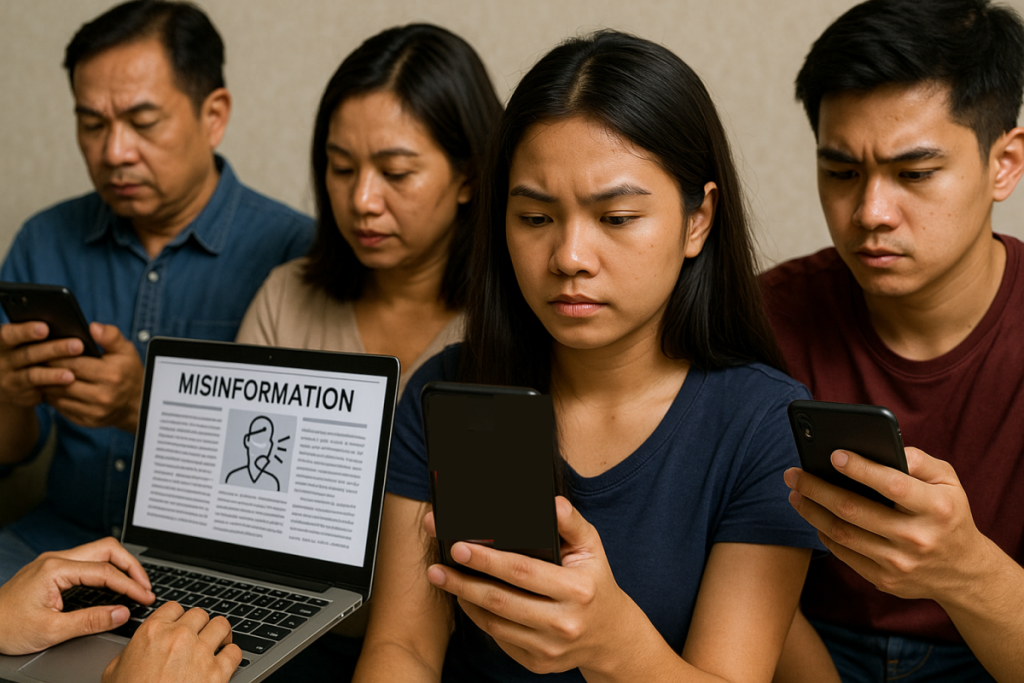The Rising Tide of Fake News: A Threat to Truth and Society
In today’s hyper-connected world, the rapid dissemination of information has become a double-edged sword. While connectivity empowers individuals with access to vast knowledge, it has also opened the floodgates to a pervasive and insidious threat: fake news. Defined as deliberately false or misleading information presented as genuine news, fake news has infiltrated every corner of our lives, impacting public discourse, political processes, and even individual well-being. Understanding the origins, mechanisms, and societal consequences of fake news is crucial to developing effective strategies for combating this digital-age menace.
The roots of fake news can be traced to the transformative influence of the internet and social media on communication. Traditional media outlets, once the gatekeepers of information, have seen their authority diminished as user-generated content has democratized information sharing. This democratization, while empowering, has also created a breeding ground for unverified and biased sources prioritizing sensationalism over accuracy. Clickbait headlines, designed to attract clicks rather than inform, have further blurred the lines between legitimate news and fabricated narratives, creating a confusing media landscape where discerning truth becomes increasingly challenging.
The spread of fake news is facilitated by complex mechanisms inherent in the architecture of social media. Algorithms, designed to maximize engagement, often prioritize sensational and emotionally charged content, inadvertently amplifying the reach of misinformation. This algorithmic bias creates a feedback loop where misleading information gains traction and spreads virally, often bypassing fact-checking mechanisms. Furthermore, the “echo chamber” effect, where individuals are primarily exposed to information that reinforces their existing beliefs, further exacerbates the problem. Confirmation bias, the tendency to seek and accept information that aligns with pre-existing views, strengthens these echo chambers, making it difficult to penetrate with accurate information that challenges established narratives.
The consequences of fake news reverberate throughout society, impacting individual behavior and societal dynamics. Beyond misleading individuals, fake news has the potential to undermine trust in institutions, erode democratic processes, and even incite violence. During the COVID-19 pandemic, the proliferation of false information about the virus and its treatment led to confusion, vaccine hesitancy, and even harmful behaviors. The emotional toll of fake news is equally significant, contributing to increased anxiety, polarization, and a pervasive sense of distrust. As faith in traditional news sources erodes, individuals become more susceptible to conspiracy theories and divisive narratives, further fracturing communities and hindering productive dialogue.
Combating fake news requires a multi-pronged approach involving education, platform accountability, and collaborative action. Media literacy education is paramount, equipping individuals with the critical thinking skills to evaluate information sources and distinguish credible news from fabricated stories. This education must go beyond simply identifying reputable sources and cultivate a culture of inquiry, skepticism, and independent verification. Social media platforms, as primary conduits of misinformation, bear responsibility for curbing the spread of fake news. Implementing stricter content moderation policies, enhancing fact-checking mechanisms, and increasing transparency regarding algorithms can significantly reduce the visibility and virality of misleading information. Furthermore, fostering a user experience that prioritizes accuracy and critical engagement can contribute to a healthier information ecosystem.
Addressing the fake news epidemic demands a concerted effort involving governments, tech companies, and civil society organizations. Collaborative initiatives can focus on developing comprehensive strategies that not only target the dissemination of misinformation but also promote media literacy and foster informed public discourse. Legislation aimed at holding purveyors of disinformation accountable, while respecting freedom of speech, can deter the creation and spread of fake news. Furthermore, promoting international cooperation can help address the transnational nature of misinformation campaigns and ensure consistent standards for combating fake news across borders.
In this age of information overload, it is imperative that individuals become discerning consumers of news. Cultivating a critical mindset, seeking out diverse sources, and engaging in fact-checking are essential practices for navigating the complex information landscape. Holding platforms accountable for the content they host and demanding greater transparency from algorithms are crucial steps towards creating a more responsible and trustworthy online environment. The fight against fake news is not merely a battle for factual accuracy; it is a struggle to preserve the integrity of public discourse, defend democratic values, and protect the well-being of individuals and societies. By embracing media literacy, fostering critical thinking, and demanding platform accountability, we can collectively stem the tide of misinformation and build a future where truth prevails.


